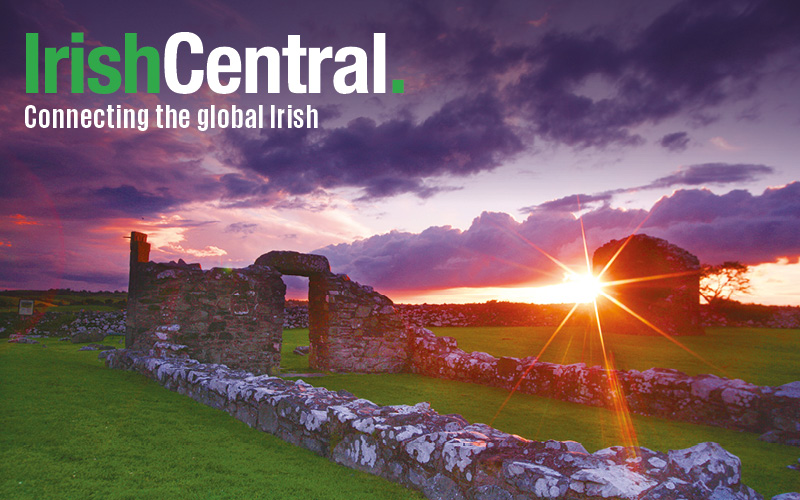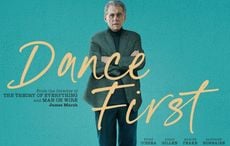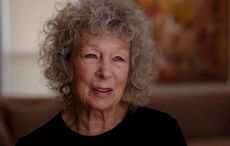The right to know who you are, where you come from, who your parents were is foundational. It's the kind of information that is central to the formation of your identity after all.
Who has the right to prevent an individual from knowing who their parents were or the story of their origin?
For decades in Ireland the answer to that question was the church and state. And for thousands it still is.
Eileen Heron’s story is typical of the rough treatment shown to illegally adopted Irish children and it began in the most everyday way with an accidental meeting between her adoptive mother and a priest at a bus stop in Dublin in the mid 1960’s.
Learning that her adoptive mother had been married for a decade without having children of her own, the priest asked her if she had ever considered adopting? What happened next happened quickly.
In May 1965, Eileen, then a baby, was delivered to the Heron's’ home along with two falsified birth and baptism certificates. Both claimed her adoptive parents were in fact her birth parents.
It was blatantly against the law but it was not unusual for the time, Eileen, now 50, told the Irish Times recently. What this meant is that years later when she tried to discover who her birth parents were there was no paper trail to follow. Her past had been completely erased with the high handed, we-know-what’s-best-for you arrogance of the quasi theocratic Irish State.
“For the past 25 years I have been chipping away, trying to find some little thread that might connect me with my birth family,”she told the Irish Times. “I actually don’t have a single piece of reliable information about who I am.”
Why did Irish people for so long accept that anyone had a right to do this to our fellow citizens?
In the past, of course, it was shame about the unfortunate circumstances of a child’s birth that fanned out to cloak all the wrongdoing and illegality that often followed on from it. Shame kept vulnerable mothers from pursuing their rights, it robbed them of options, it silenced then and it often made the worst choice the most inevitable.
Heron first became interested in pursuing her own origins when she was in her 20’s, she told the Times, after she got talking to a woman who had given up her baby for adoption in the 1960’s. The woman told Heron that her generation had no idea what it was like for women in those days.
“The hair stood up on the back of my neck and I thought, Out there is somebody who gave birth to me… I have to make sure if she ever needs to find me that I am available,” Heron said.
Right away she ran into roadblocks, however.
First she visited a priest, whose name she had been given by her adoptive mother. She told the Times that having grown up to be a confident young woman with her own home and a good job, she imagined it would be welcome news for her birth mother to see how well she had turned out.
“The innocence of it,” she added. “I didn’t realize these people were not for shifting and weren’t going to help.”
The priest would not tell Eileen anything about where she came from or who her mother was, she says. All he would tell her is that her mother “had the same blue eyes as you” and she was “from a good medical family.”
Heron says she is still angry that the priest, who has since died, wouldn’t help her trace her birth mother, “but the humiliation that he was actually trying to placate me with information that I don’t think was true is a worse emotion.”
The only other name Heron now has from her past is Nora, a midwife who was named on her birth cert, but she believes the woman died in the 1970’s.
It was only in more recent years that she realized that she had not emerged from the story unscathed herself. Although her adoptive parents were loving and her home was happy “underneath the surface there are all these complex emotions of guilt, regret, bereavement and loss,” she told the Times.
Last year Heron enrolled in a courses run by the Barnardos group for adopted adults, “one of the most useful things I have ever done for myself,” she told the Times.
The group covered topics like what it was like to grow up adopted and how to search for a birth family. A birth mother and an adoptive mother also give their perspectives, before the final discussion of what can happen after a reunion.
But Heron’s illegal adoption is a cloud that may never lift. Attending the adoption discussion sessions made her sadly realize how different her own situation was from those whose had been adopted legally.
“I realized the chances of me ever finding my birth family are terribly small. That was like a bereavement,” she said.
For decades Ireland was known abroad as a “sending country.” From the 1940’s until the 1970’s at least 2,000 children were sent from Ireland to the US for illegal adoption. Although the practice was State sanctioned, critics say the adoptions were knowingly omitted from the Adopted Children’s Register and the Adoption Board was purposely exempted from overseeing these adoptions, leaving records untraceable.
When this practice finally came to light in 1996 it led to lengthy discussions in the Irish parliament Dail Eireann, who made commitments to assist Irish the adopted people who were sent to America.
To date however no progress has ever been made.




Comments